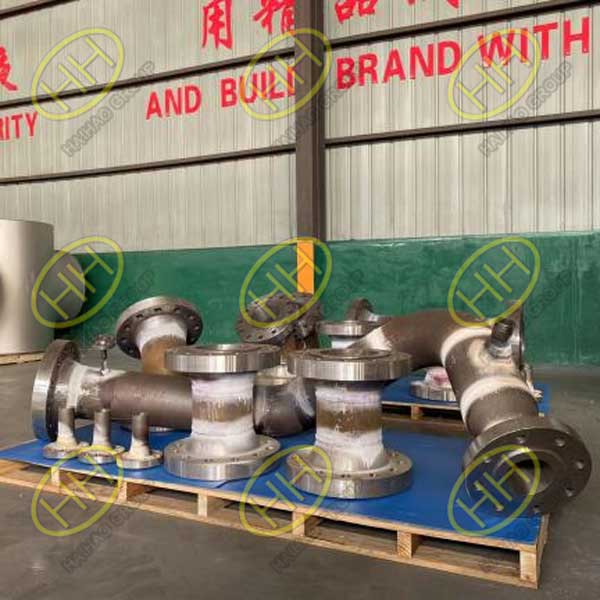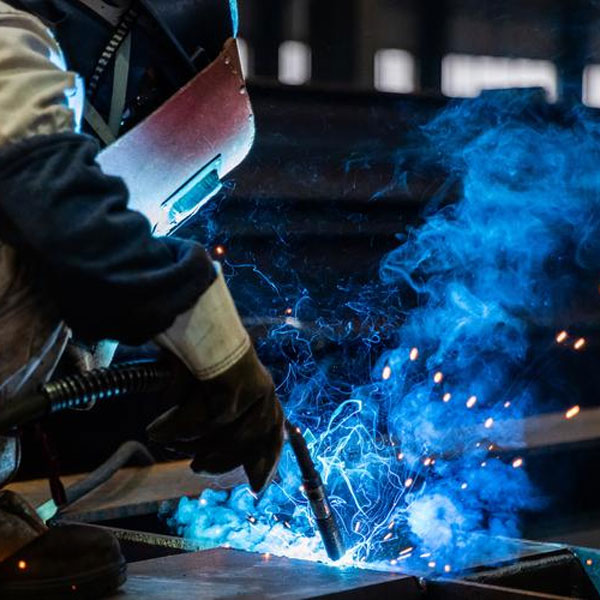Welding Heat-Affected Zone (HAZ) vs Weld Metal: Why the HAZ matters more than you think
In welding, the properties of the weld metal can often be optimized by adjusting the chemical composition and refining the welding process. However, the Heat-Affected Zone (HAZ) presents a different challenge. Its characteristics cannot be altered by composition changes alone; instead, they arise from the thermal cycle experienced during welding.
The HAZ often exhibits uneven microstructural distribution, affecting overall joint performance.
Key Considerations for the HAZ
When designing welded structures, engineers must carefully evaluate:
- Hardening
- Embrittlement
- Toughening
- Softening
- Overall mechanical strength
- Corrosion resistance
- Fatigue performance
The required balance of these properties depends on the structure’s intended service conditions.
Understanding the behavior of the HAZ is crucial for ensuring the integrity, durability, and reliability of welded components, especially in critical applications like oil and gas, infrastructure, and heavy industry. Email:sales@haihaogroup.com
Related Articles:
The causes and effects of hardening in the heat-affected zone (HAZ) of welding
Embrittlement in the Heat-Affected Zone (HAZ): Understanding the Threats


